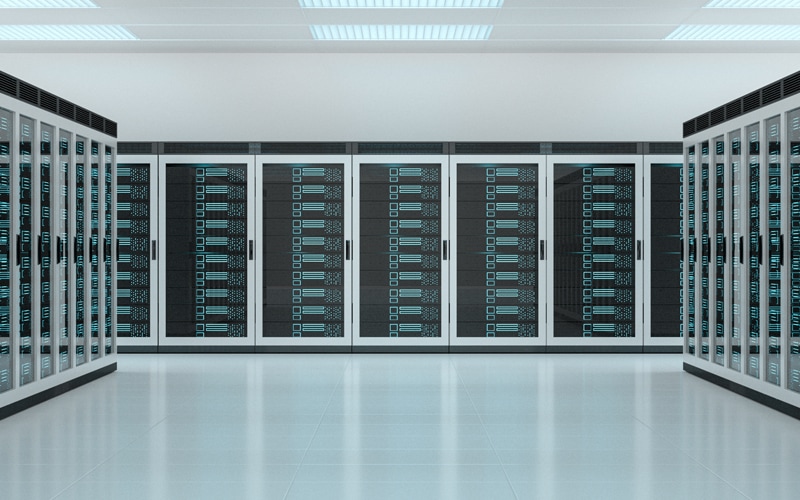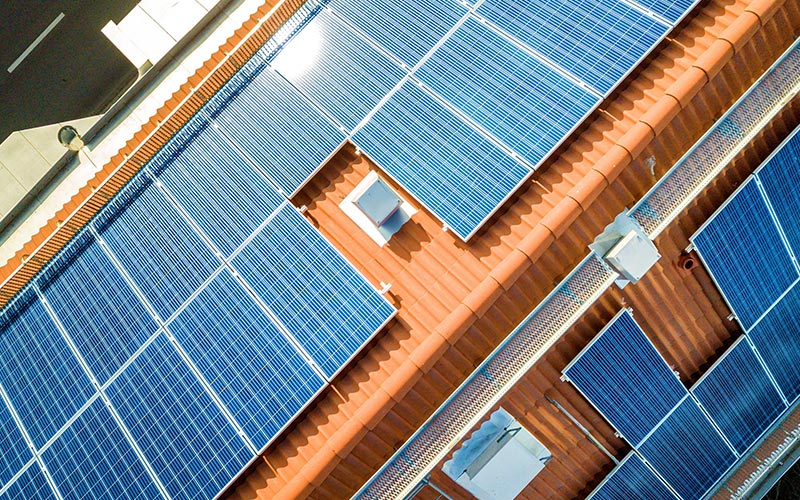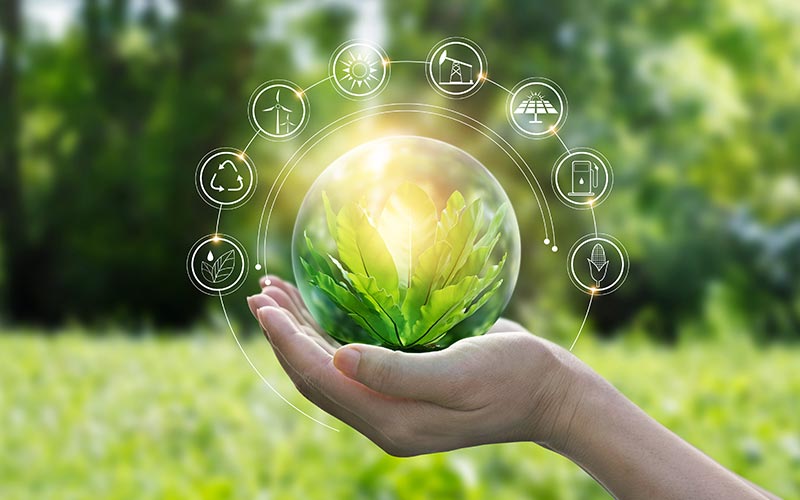Renewables will go mainstream
More than 50% of electricity will come from renewable energy
This site uses cookies. By continuing to browse the site you are agreeing to our use of cookies. Read our privacy policy
It is clear that green development will transform the way people work and live, and these changes will be most apparent in sectors like energy, industry, transport, buildings, and digital infrastructure
Renewables will go mainstream
More than 50% of electricity will come from renewable energy
The industrial sector will go green
Every 10,000 workers will work with 390 robots
Comprehensive electrification in transportation
There will be 145 million new energy vehicles and 100 million private charging piles worldwide
Future buildings will operate at net-zero carbon
All new buildings are expected to operate at net-zero carbon
Green digital infrastructure is becoming a basic requirement
Digital infrastructure will be 100 times more energy efficient by 2030
Low-carbon living is gaining traction
The global telemedicine market is expected to increase by over 10-fold
To contribute to a sustainable world, Huawei will continue undertaking ICT innovations in three areas: building green ICT infrastructure, accelerating the development of renewables, and enabling energy-efficient and low-carbon industries.


Areas of innovation in energy supply:
Areas of innovation in energy consumption:

